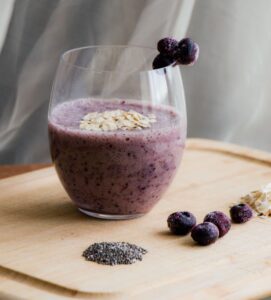Mammalian Dive Response and Why It May Help You with Anxiety
Cold Exposure and Mental Health: Unlocking the Parasympathetic Benefits by Rebecca Jaspan, MPH, RD, CDN, CDCES You may have heard of cold showers, cryotherapy, and icing for sore muscles, but



